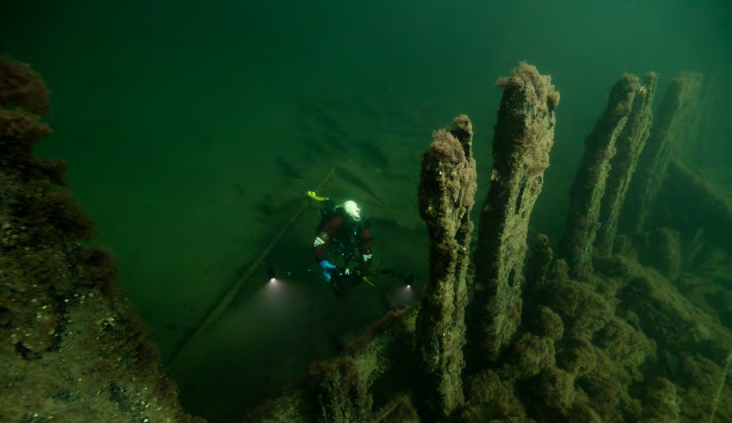A 300-year-old treasure continues to stir tensions between nations.
Others are reading now
In a real-life tale that echoes the fictional adventures of Captain Nemo in Jules Verne’s Twenty Thousand Leagues Under the Sea, the long-lost treasure of the San José galleon has once again captured global attention.
This Spanish ship, which sank more than three centuries ago off the coast of Cartagena de Indias, Colombia, is believed to hold a fortune worth $20 billion in gold, silver, and diamonds.
The treasure is at the center of a dispute involving Colombia, the USA, Bolivia, and Spain.
Colombia recently moved forward with the recovery of the San José wreck under the guise of historical and cultural research, a decision that has reignited debates over the ownership of the treasure.
Also read
Former Colombian President Juan Manuel Santos is currently under investigation for alleged “looting” of the vessel.
Speculation, Agreements, and Laws
The ownership of shipwrecks like the San José is governed by a complex web of international agreements and laws.
According to Robert Mackintosh, a lawyer and archaeologist at the University of Southampton, England, the right to the treasure could belong to multiple parties, including the country where the wreck was found, the original owner of the ship, or even private entities involved in its discovery.
The BBC reports that these disputes often involve interpreting “international law” and determining which party has the strongest claim.
Marine archaeologist Peter Campbell told the BBC that the ocean is “the world’s biggest museum,” and treasure hunting in sunken ships is a thriving business.
But he cautioned that the operational costs of such archaeological expeditions can sometimes exceed the value of the recovered items.
New Discoveries from the Wreck
Colombian authorities recently conducted an archaeological expedition at the site where the San José galleon rests, revealing new structural components of the ship, such as an anchor, glass bottles, and jars.
This expedition took place between May 23 and June 1 this year and covered more than 461,000 square meters of the seabed — an area equivalent to 40 football fields, according to the Colombian Institute of Anthropology and History (ICANH).
The expedition confirmed the presence of significant archaeological material at a depth of 600 meters.
John Fabio Giraldo Gallo, Director General of Maritime Affairs, highlighted the “complexity” of analyzing the wreck in detail, noting that each new discovery opens up more precise research possibilities regarding the ship’s sinking in 1708.
Colombian Minister of Culture Juan David Correa announced plans for a new exploration of the site later this year, with the goal of creating a detailed roadmap for future research by October 2025.
Ongoing Dispute Over Ownership
The remains of the San José were located in 2015 by a U.S. company, sparking a three-way dispute involving the company, Colombia, and Spain over the rights to the treasure.
The Colombian government, under President Gustavo Petro, has declared the wreck site a Protected Archaeological Area of the Nation, complicating any commercial exploitation of the treasure.
El Economista reports that, Spain maintains that the San José was a state vessel, not a private ship, and thus its remains are considered an “underwater tomb” that should not be commercially exploited.
According to Spanish lawyer Carlos Pérez Vaquero, under the principle of sovereign immunity, a state retains ownership of its underwater heritage unless it explicitly abandons it.
As the legal and diplomatic battle continues, the fate of the San José galleon’s treasure remains uncertain, caught between history, law, and the quest for riches.


